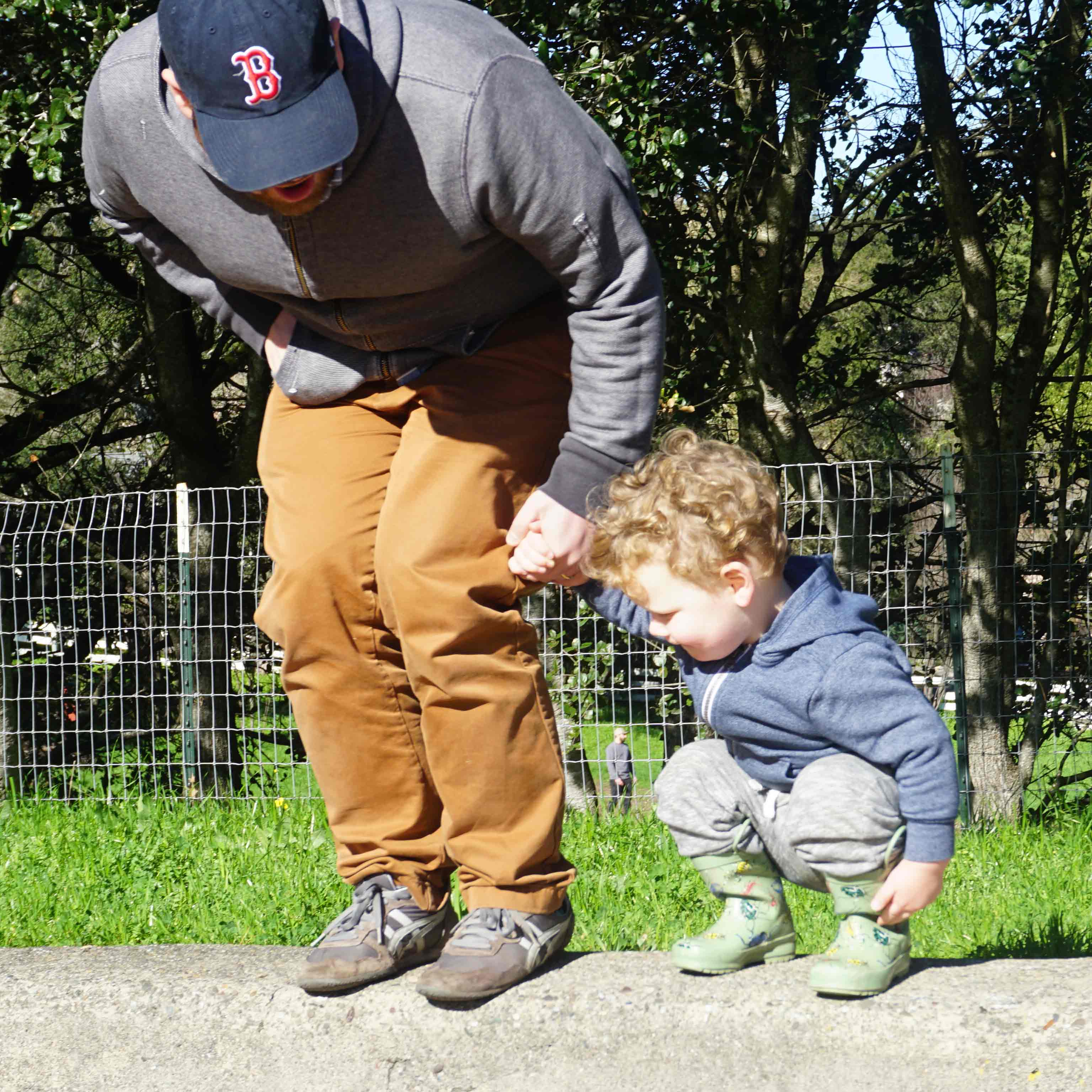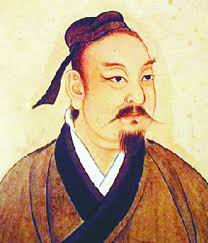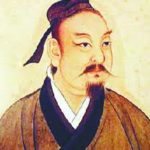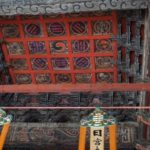I am just back from a visiting China for study and travel. I went with a group led by Frank Allen and Tina Zhang. For some time, they have organized an annual China trip for students and friends. (See taichinyc.net for information on Tina and Frank.) We packed in stays in Beijing, Shanghai and Wudang mountain. We saw a lot and studied with four of Frank and Tina’s teachers.
The touring we did made even more meaningful sharing of experiences in the world of Chinese internal arts. Many wonderful dinners together and many long walks on city streets and passages through ancient Taoist and imperial temples and sites.
Please check Facebook for photos from the trip, coming soon. I took over 2000 photos and videos, and it is taking a while to sort through.
Invaluable Reinforcement for Practice
Friends have asked whether I would consider the trip a transformative moment. Did I have a spiritual breakthrough? I would not go that far. I would say instead the trip provided major context and reinforcement for my practice. And eye-opening about change in the world.
We got intense immersion into four sets of practices, Tai chi (Taiji) and qigong, Xing Yi, Ba Gua, and a spear-based form. A lot to deepen now, through my notes and new classes here.
The atmosphere of the classes–outdoors, in beautiful parks and training sites, with other groups nearby doing their own practice–reinforced the content. For example, we practiced Ba Gua at a school near the top of Wudang mountain. Wudang is one of the spiritual home of these practices. We trained surrounded by ever-changing mountain mists and refreshing air. Energizing and inspiring.
As we know from the news headlines, China today bursts at the seams inserting itself on the world stage. Out trip took place just after the national holiday, when many Chinese vacationed. Midway through, the Chinese national Party Congress started. Maybe because of those events we saw things in the best possible light.
Yin and Yang Come to Life?
And yet, with my photographer eye, I saw confidence and a sense of purpose in the faces of people in the street, and people we interacted with casually. The visit provided stark contrasts between the new and the old. If you have visited China yourself, you probably experienced the passage from Tiananmen square into the Forbidden City, from modern, regulated, corporate Chinese life to the preserved past imperial city.
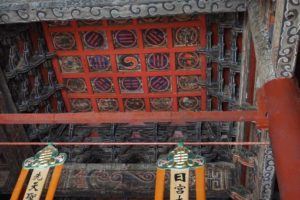
Other experiences also counter-imposed in so many ways. We visited the Great Wall where it meets the sea in the Northeast, in Shanhaiguan. One minute you see the ancient fortified structures of the wall. Then you look across the sea to a line freighters coming in and out of port.
In Wudang mountain, Taoist monks on their cell phones. Tourist stands appealing to local as well as foreign travelers with puzzling signs for “Taoist commodities” and “Characteristics of Snacks.”
In Shanghai, traditional working class blocks and shops abutted modern high rises and luxury car dealers. In the parks, groups doing Tai Chi and martial arts next to other groups learning ball room dancing.
You may find what I’m going to say too pat. I experienced these clashes partly intellectually, analytically, decades after immersive studies of that part of the world. Overlaid on that framework, at a more visceral level, I felt opposites changing from one to the other, interpenetrating, balancing. In a word, I felt something like the presence of the classic Tai Chi symbol (Yin and Yang).
Visiting one scene after another, looking in the faces of the people I passed and seeing these conflicts in their eyes did quite a bit to make real and deeper all the formal training. This too will affect my practice now, and I am grateful.


